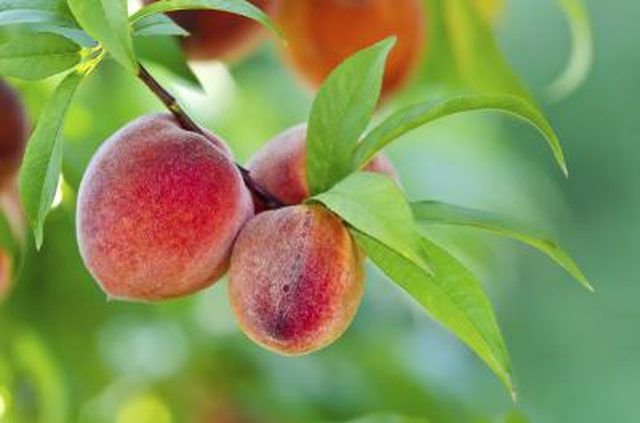Bulbs
Flower Basics
Flower Beds & Specialty Gardens
Flower Garden
Garden Furniture
Garden Gnomes
Garden Seeds
Garden Sheds
Garden Statues
Garden Tools & Supplies
Gardening Basics
Green & Organic
Groundcovers & Vines
Growing Annuals
Growing Basil
Growing Beans
Growing Berries
Growing Blueberries
Growing Cactus
Growing Corn
Growing Cotton
Growing Edibles
Growing Flowers
Growing Garlic
Growing Grapes
Growing Grass
Growing Herbs
Growing Jasmine
Growing Mint
Growing Mushrooms
Orchids
Growing Peanuts
Growing Perennials
Growing Plants
Growing Rosemary
Growing Roses
Growing Strawberries
Growing Sunflowers
Growing Thyme
Growing Tomatoes
Growing Tulips
Growing Vegetables
Herb Basics
Herb Garden
Indoor Growing
Landscaping Basics
Landscaping Patios
Landscaping Plants
Landscaping Shrubs
Landscaping Trees
Landscaping Walks & Pathways
Lawn Basics
Lawn Maintenance
Lawn Mowers
Lawn Ornaments
Lawn Planting
Lawn Tools
Outdoor Growing
Overall Landscape Planning
Pests, Weeds & Problems
Plant Basics
Rock Garden
Rose Garden
Shrubs
Soil
Specialty Gardens
Trees
Vegetable Garden
Yard Maintenance
Do Peach Trees Need a Pollinator?
Do Peach Trees Need a Pollinator?. In order for fruit to develop, pollen, which comes from the male part of the flower, must be transferred to the stigma, or female part of the flower. This is the process of pollination. If pollination takes place between the flowers of just one plant or tree, it is called self-fruiting and the plant is considered...
In order for fruit to develop, pollen, which comes from the male part of the flower, must be transferred to the stigma, or female part of the flower. This is the process of pollination. If pollination takes place between the flowers of just one plant or tree, it is called self-fruiting and the plant is considered self-pollinating. If pollen is required from a second variety, the process is called cross-pollination.
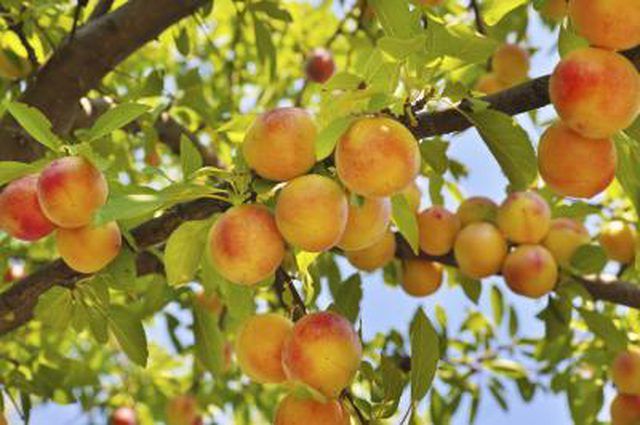
Most peach trees are self-pollinating. One variety is the exception: The J.H. Hale requires pollination by another type of peach tree. All other types of peach trees allow you to plant just one tree and be assured of fruit production when the tree is mature enough.
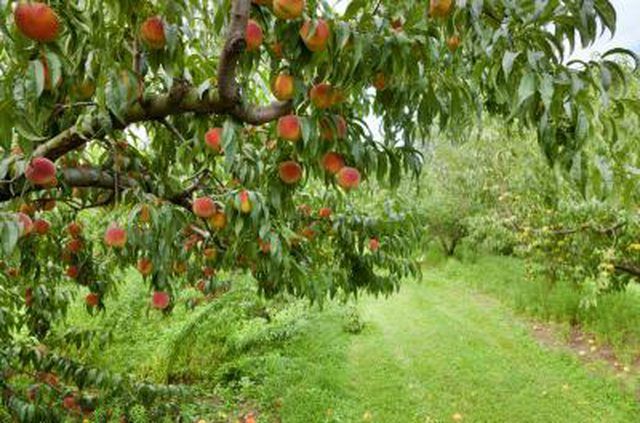
Pollination is generally performed by insects, most notably the bee. Other insect pollinators include wasps, ants, butterflies and moths. They carry the pollen on their legs and as they gather nectar from each flower, a little of the pollen on their legs is deposited on each flower they visit.
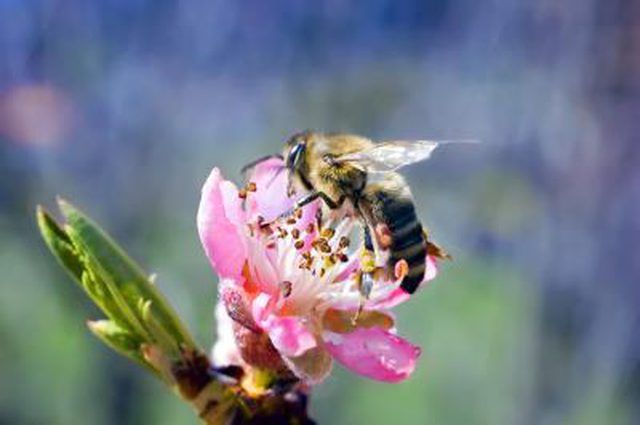
Manual pollination can also be accomplished if bees are in shortage in your area. Some growers resort to manual pollination to stimulate fruit production. Some recommend picking flowers from all over the tree and then rubbing the picked flower against the stigmas of flowers still on the tree. Others use a paint brush to collect pollen on the bristles as an insect would and then move from flower to flower. It is tedious but can save the day.
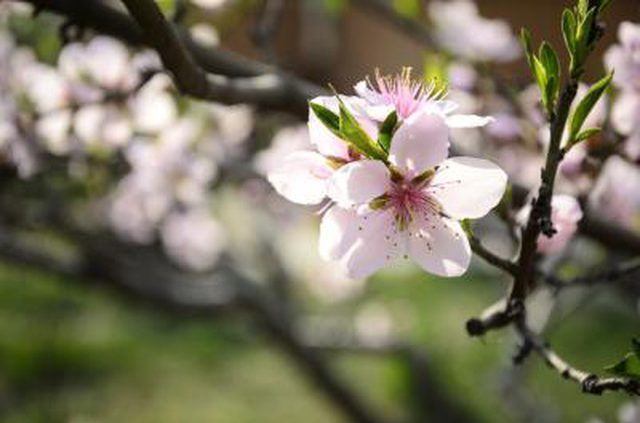
Weather can play a crucial role in determining if peach trees are pollinated. When temperatures reach warm levels early, the trees respond by sending out the buds. Two problems can occur. One is the possibility of a frost, which can kill the blooms before they’ve had a chance to pollinate. There is nothing that can be done to protect against this situation. The other potential problem is that the buds may bloom before the insect population has been aroused from their winter dwellings. In this instance, manual pollination can help.
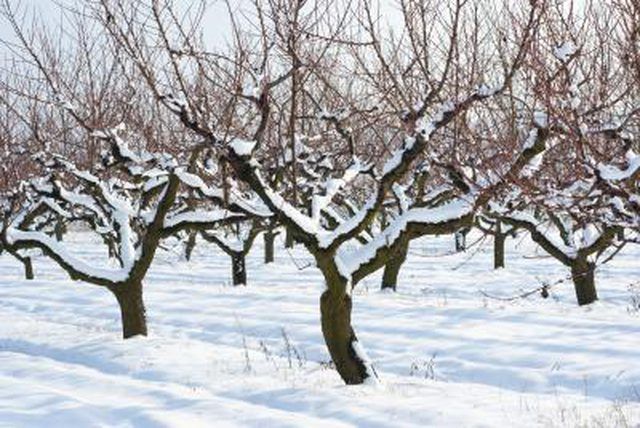
Providing good care for your peach tree is the best insurance that it will pollinate and bear fruit. Plant it where it can get full sun and good air circulation. Prune sucker growth, the unwanted branches that grow at the crook of other branches. They drain nutrients away from the sturdier limbs where your fruit will later grow. Thin the branches after the crop has been picked, and thin fruit if the tree seems to overproduce. Otherwise the majority of the fruit will not mature properly.
